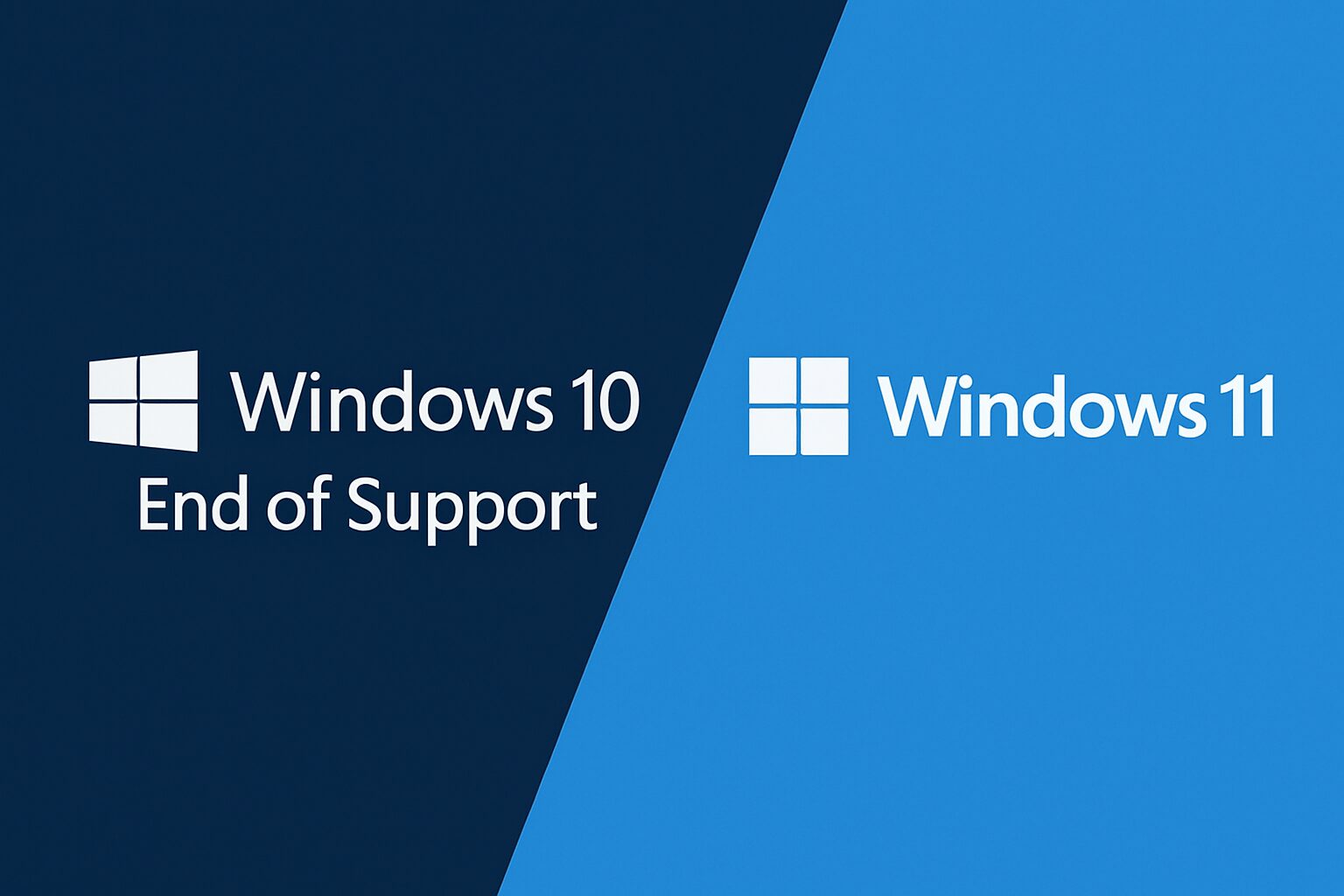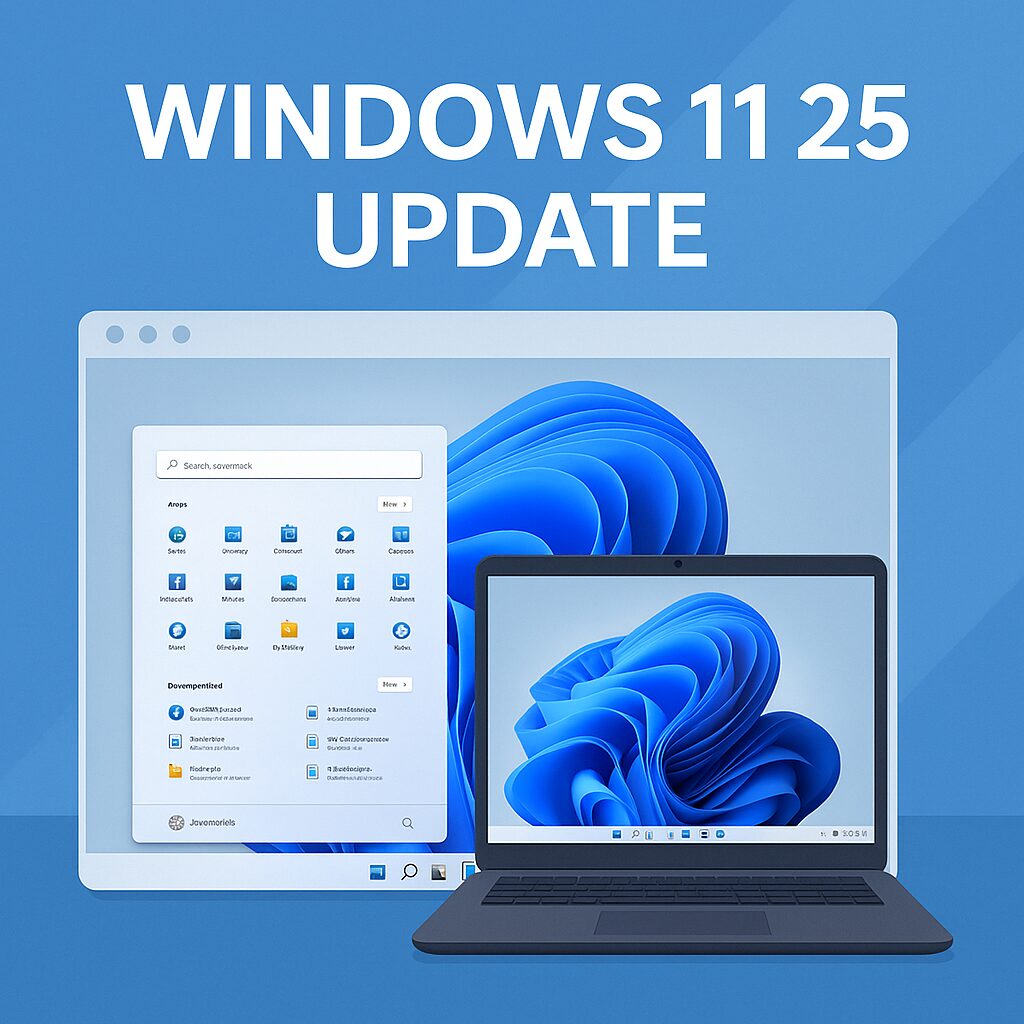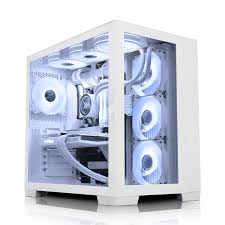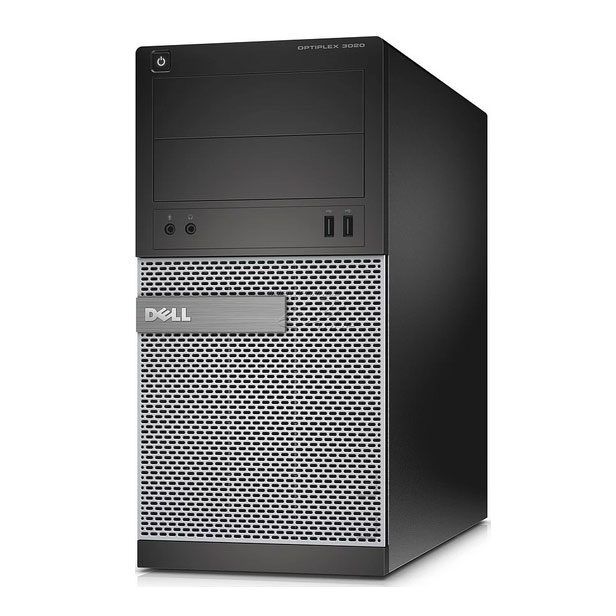
NVIDIA RTX 5090 Power Connector Issues: What’s Happening?
The NVIDIA RTX 5090 is one of the most powerful graphics cards available. However, users are facing a major issue—power connector failures. Reports suggest that the connectors overheat and even melt, similar to past problems with the RTX 4090.
Even with NVIDIA’s updated 12V-2×6 power connector, issues still occur. Some users have experienced power failures, heat damage, and even GPU malfunctions.
Why Are RTX 5090 Power Connectors Overheating?
There are a few possible reasons why the RTX 5090 power connectors are failing:
- Uneven Power Distribution: The right-angle connector design may cause an uneven electrical current. This can lead to hotspots that overheat.
- Poor Airflow: The compact size of the RTX 5090 means less airflow around the connectors, increasing heat buildup.
- Loose Connections: Some users may not be fully inserting the power cable, causing sparks, melting, or power failure.
- Cable Quality: Even some third-party PSU cables show signs of overheating, despite meeting official standards.
These issues make the power connector failure a real concern for RTX 5090 owners. (Source)
NVIDIA’s Response to RTX 5090 Power Connector Problems
So far, NVIDIA has not made an official statement about the power connector failures. This has led to frustration among users, especially since similar issues happened with the RTX 4090.
Some experts believe NVIDIA may need to redesign the power connectors for future models. In the meantime, users must be extra careful when installing and using their GPUs. (Source)
How to Protect Your RTX 5090 from Power Connector Failures
If you own an NVIDIA RTX 5090, follow these steps to reduce the risk of power connector failure:
- Check the Power Connection – Make sure the connector is fully inserted into the GPU.
- Use High-Quality Cables – Avoid cheap third-party cables. Use certified PSU cables.
- Monitor GPU Temperatures – Use temperature monitoring software to check for overheating.
- Ensure Proper Airflow – Keep your PC case well-ventilated to prevent heat buildup.
- Stay Updated – Follow NVIDIA’s announcements for potential fixes or recalls.
If you notice burn marks, a strange smell, or power issues, turn off your PC immediately and inspect the connector.
What to Do If Your RTX 5090 Power Connector Fails
If you experience power connector issues, take these steps:
- Stop Using the GPU Immediately – Continued use could cause more damage.
- Contact NVIDIA or Your Retailer – Report the issue and check if warranty replacement is possible.
- Switch to a Different Power Cable – If possible, try an official replacement cable.
- Report the Problem Online – Sharing your experience helps raise awareness and may push NVIDIA to act.
For a detailed video breakdown, watch RTX 5090 Power Connectors Are Melting… Again.
Conclusion: Stay Safe with Your RTX 5090
The RTX 5090 is an incredible GPU, but power connector issues are a real risk. Overheating, melting, and power failures can damage your GPU and system.
By using high-quality cables, you can reduce the risk. However, NVIDIA must address this issue soon to prevent long-term problems for users.
Related Blogs
Windows 10 End of Support – What It Means and How to Prepare
After nearly a decade of service, Microsoft is officially ending support for Windows 10 on 14 October 2025. From that…
Read this blogWindows 11 25H2 – The Complete Guide to Microsoft’s 2025 Update
Microsoft’s Windows 11 25H2 update is set to launch in the second half of 2025, and it’s being described as…
Read this blogBest Back to School Laptops for 2025
As the new academic year approaches, finding the right laptop for school has become a top priority for parents and…
Read this blog







